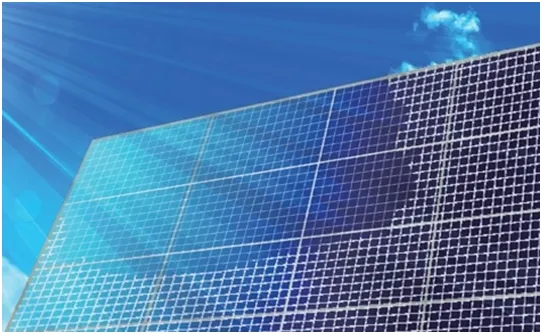Innovative material to boost performance of photovoltaic cells
- A group of scientists from the Korean IBS, in collaboration with the Netherlands-based UvA, has created a new 2D material with atomic layer thickness, which offers super high energy conversion efficiency.

The new material features flexibility, durability, and light weight. It is predicted to boost the efficiency of commercial photovoltaic cells up to 46% from 33.7%, and is suitable for manufacturing of flexible PV devices.
Normally, when solar energy is converted into electrical power, additional amount of energy is discharged as heat. Earlier, 2D materials able to convert energy without waste were only theoretical because of complicated synthesizing process.
But the scientists from two research centres have managed to develop a synthesis method for creating materials able to turn even excess energy to electrical power. In particular, after three-year-long experiments, they have managed to synthesize such highly-efficient TMDC materials as tungsten diselenide and molybdenum telluride.
The exclusive properties of 2D TMDCs are predicted to become a breakthrough for such optoelectronic solutions as photovoltaic devices and light sensors. The compounds can be used in advanced solar technologies thanking to their electron mobility, optical properties, as well as ease of separation into 2D atomic layers.
Due to high level of heat loss, maximum conversion rate of conventional PV cells made from silicon reaches only 33.7%. Thanks to utilization of 99% of excess energy, the novel material is likely to improve it up to 46%.
Also read
- UbiQD Secures Landmark Quantum Dot Deal with First Solar
- Astronergy Invests $53M in Tandem Solar Cell Project
- ARENA Unveils $39M Solar Innovation Funding Round
- CNNP Optoelectronics brings utility-scale perovskite modules out of the lab
- Low-Temperature Sequential Deposition Lifts Inverted Perovskite Solar Cells Efficiency Record
